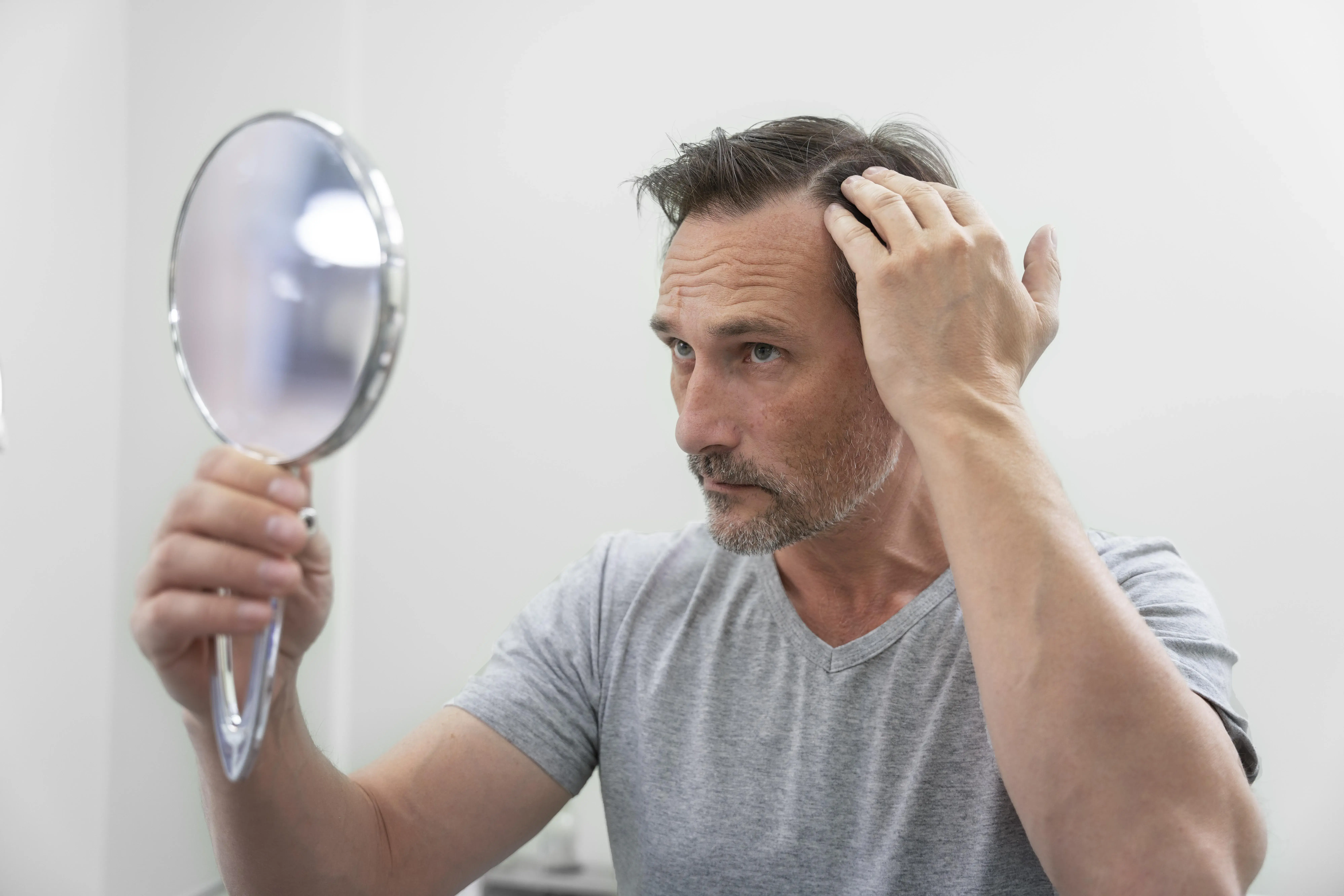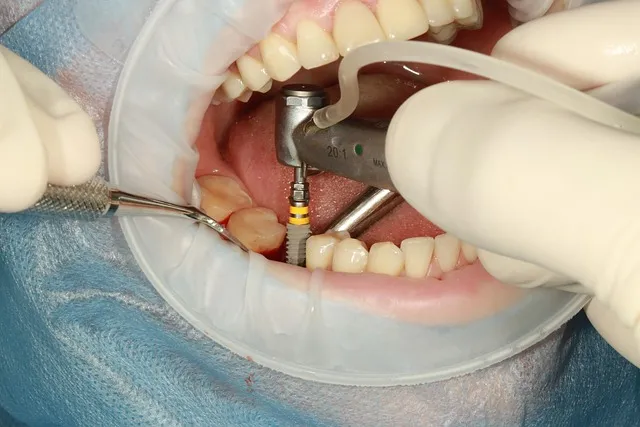Baldness is not an age-dependent phenomenon. This can happen to anyone and more importantly, at any age. Around 50% of females and 60% of males are affected with hair loss issues, globally. In males, baldness can occur due to hormonal changes. When someone is suffering from baldness, the initial symptom is hair growing progressively shorter and finer until no new hairs grow. Here, hair transplant comes as a suitable treatment for baldness. Dermatology is the department concerned with hair transplant procedures. During a hair transplant procedure, the surgeon usually shifts a chunk of hair from the rear part of the head to the part where baldness has fallen. The patient is usually under anesthesia so he or she does not have a feeling during the procedure. The use of anesthesia and small incisions in scalps results in certain unpredictable side effects.
This article considers hair transplant side effects. There are certain severe hair transplant side effects that patients should be aware of before going for the procedure. Let’s learn about them!
10 Common Hair Transplant Side Effects

Once the hair transplant procedure is complete, the doctor will prescribe pain medicines. It is in this recovery phase that most people tend to fall victim to hair transplant side effects. Here are the top 10 hair transplant disadvantages people should be aware of:
1. Bleeding Scalp
Bleeding is one of the most common hair transplant side effects. On rare occasions, bleeding is a likely side effect of the hair transplantation procedure. While some bleeding could happen in all likelihood, with simple measures, it is easily treatable. However, constant bleeding may require additional stitching.
2. Scalp Infections
Other hair transplant side effects include scalp infection. An infection from a hair transplant is although rare, but still a possible side effect. However, 1% of the population is affected by infection after the treatment and the reasons are pre-existing health issues, poor hygiene habits, and excessive formation of crusts on the scalp.
3. Thinning Of Hair Growth
The thinning of hair is yet again one of the rather common hair transplant side effects. This phenomenon in combination with the falling off of hair could occur right after a successful surgery. Even the unaffected region could suffer from this phenomenon. However, this act of recession is usually not permanent.
4. Itching
Out of every 10 patients, there are, on average, at least three who would experience an itchy scalp. Thus, itching is also one of the most common hair transplant disadvantages. While the intensity of itching may vary, the best bet is to get it checked before it becomes even more severe. A common cause of itchy scalp is the occurrence of scabs, which are easily treatable with regular application of shampoo. One must opt for a consultation with a medical expert in case the irritation doesn't subside the problem & it escalates beyond tolerance. There are special moisturizing oils that help treat this issue.
5. Scarring
After the transplant, scarring is also on the list of hair transplant side effects long-term. There are few transplant cases where people are more prone to scarring than others. Scarring is especially common in cases where patients opt for the strip hair transplant method. With proper medical treatment, this is one of the hair transplant side effects which is easily treatable.
6. Cysts
Cysts are pimple-sized protrusions that rarely turn out to be malignant. A cyst is also one of the major hair transplant disadvantages. A patient may suffer from cyst formation if he or she has experienced damage to the scalp because of the hair follicles pushing deeper into the layers. Although easily treatable, cysts are not a matter of ignorance. One must seek proper medical advice for cysts. If you have a hair loss problem, you can try our toupee; you can change to a new image easily and quickly.
7. Hiccups
There are 5 cases of hair transplant out of 100, where the patients experience hiccups as one of the hair transplant side effects. It is unclear how hiccups and hair transplant side effects are related but, once they start, hiccups can last up to several days.
8. Pain
While many surgeries would result in radiating pain (a pain that moves from one part of the body to another) after the procedure, it is also one of the hair transplant side effects. At the time, when pains grow, severe medications can help subside the problem but in most cases, the pain is rather endurable. In other cases, pain is a temporary side effect and it easily resolves after a while.
9. Swelling
Swelling is one of the rather rare hair transplant side effects. The commonly affected areas of influence are the forehead and the eyes. While the average time for which swelling lasts is a couple of days, in severe cases, it can last longer.
10. Numbness
Numbness is one of the unavoidable hair transplant side effects. The average time for the numbness to subside is close to 18 weeks. However, in cases where patients feel this numbness even after the period of 18 weeks, they should seek medical advice.
How To Avoid Hair Transplant Risks?
Choosing the right hair transplant specialist and selecting renowned hair transplant centers is the first thing to consider to avoid hair transplant risks. Additionally, you should properly follow the advised medical instructions and take some preventive measures post-treatment. Here are the instructions to follow:
-
Do not take blood-thinning medications after hair transplant treatment.
-
Cover the donor area of the hair transplant using suitable bandages.
-
Avoid sun exposure during the initial week of the treatment.
-
Avoid alcoholic drinks and smoking.
-
Sleep with your head lifted at a 45° angle.
-
Avoid heavy-weight exercises for about 21 days after the hair transplantation.
-
Take the recommended medications, especially antibiotics on time.
Take Away
Any kind of medical procedure involves several risk factors and hair transplant side effects are not an exception. Before getting a hair transplant, patients should do proper research and see what the most viable option is for them. If the risks outweigh the reward then it is a much safer option to follow the natural course of things rather than go through trouble.
Frequently Asked Questions
Are there any infection risks after a hair transplant surgery?
Though rare, the risk of infection can occur within 3 to 7 days after the hair transplant treatment.
Is there a possibility of scarring after a hair transplant?
Yes, scarring can occur after the hair transplant treatment due to the small incisions made in the scalp.
How long does swelling last after the hair transplant treatment?
Swelling generally starts around 2-3 days after the treatment and lasts for about 3-4 days.
Does anesthesia lead to any risk during the hair transplant?
Yes, local anesthesia given during the treatment can cause bleeding which leads to the risk of infection.
What's the possibility of temporary shock loss following the hair transplant?
Many patients can experience temporary hair loss suddenly which usually happens within 2 to 3 months of the treatment due to trauma tolerated by implanted hair follicles.

Reviewed by







